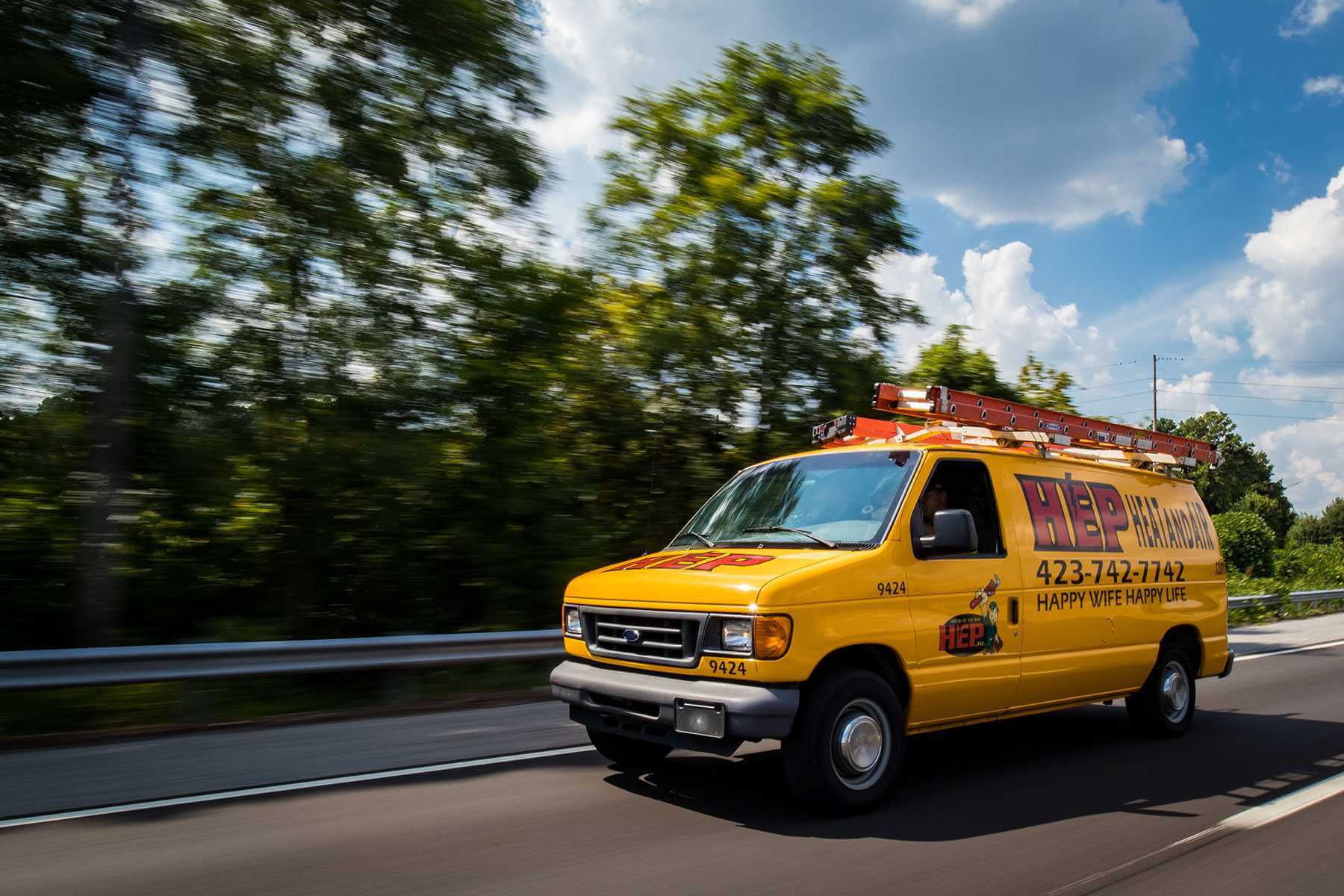

High-efficiency Model
Your trusted partner for professional home services. Quality workmanship, guaranteed satisfaction.




- HEP Plumbing
- High-efficiency Model
High-efficiency Model | Tank Water Heater | Plumbing | Karns
Imagine stepping into a steamy shower seconds after turning the knob—no waiting, no temperature swings, and no shock when the utility bill arrives. HEP’s high-efficiency, professionally sized tank water heater options bring that peace of mind to every Karns home. Engineered with extra-thick insulation, low-NOx burners, and smart diagnostics, these units squeeze every usable BTU out of each gallon, delivering ample hot water while trimming up to 20% off typical energy costs. Because our master plumbers size each system for your household’s exact demand, you get dependable comfort without paying to heat water you’ll never use.
Local families have trusted HEP for decades, and we return the favor with transparent pricing, same-day installs, and industry-leading warranties that safeguard your investment long after the first sunrise shower. Whether you’re replacing a tired heater, building an addition, or simply tired of running out of hot water on laundry day, one call to our Karns team unlocks courteous advice, flexible financing, and swift, code-compliant service. Get the efficiency upgrade your home deserves—schedule your new tank water heater consultation with HEP today.
FAQs
What makes a tank water heater “high-efficiency”?
In the United States, tank water heaters are labeled high-efficiency when their Uniform Energy Factor (UEF) is significantly higher than standard models—typically 0.70 or above for gas and 0.93 or above for electric units. These heaters use better tank insulation, high-performance burners or heating elements, and heat-trapping baffles or condensing technology to reduce standby and combustion losses. As a result, they consume less fuel or electricity to deliver the same amount of hot water, lowering operating costs and carbon emissions.
How much can I save on utility bills in Karns by upgrading to a high-efficiency model?
Savings depend on your current water heater’s age, energy source, and family usage. In Karns, where the typical household uses about 55 gallons of hot water daily, switching from a 10-year-old standard gas tank (UEF ≈ 0.60) to a high-efficiency condensing gas tank (UEF ≈ 0.83) can cut water-heating gas costs by 20–30 %. For electric tanks, upgrading from a standard 0.92-UEF unit to a 3.5-UEF hybrid heat-pump model can reduce electric water-heating costs by 55–60 %. At current local utility rates, that translates to roughly $80–$150 in annual savings for gas and $200–$350 for electric.
Are there rebates or tax incentives available in Karns or Tennessee for high-efficiency tank water heaters?
Yes. The federal Energy Efficient Home Improvement Credit (IRC 25C) provides a 30 % tax credit on equipment and installation costs up to $600 for qualifying high-efficiency gas tanks (UEF ≥ 0.81) and up to $2,000 for ENERGY STAR–certified electric heat-pump water heaters (UEF ≥ 2.2). The Tennessee Valley Authority’s EnergyRight program occasionally offers $50–$150 bill credits for ENERGY STAR gas or electric models, and Knoxville Utilities Board customers can apply for low-interest financing bundled with their power bill. Our office keeps an updated list and will help you file the paperwork during purchase.
How long does installation take, and will I be without hot water?
Most replacements involve 2–4 hours of on-site work, including draining and hauling away the old tank, updating venting or electrical connections, setting the new unit, and performing safety checks. You’ll typically be without hot water only during that window. If we need to relocate the unit, upgrade gas lines, or add a condensate drain for a heat-pump model, the job may extend to a full day. We schedule appointments with a two-hour arrival window and carry all necessary parts to minimize downtime.
What maintenance is required to keep a high-efficiency tank water heater running efficiently?
Routine upkeep is similar to a standard tank but even more important to protect the advanced components: • Flush 2–3 gallons from the drain valve every 6 months (or fully flush annually) to remove sediment that insulates the heat exchanger. • Test the temperature-pressure relief (TPR) valve yearly. • Replace or inspect the anode rod every 2–3 years (magnesium for soft water, aluminum/zinc for harder water). • Clean the air intake screen or heat-pump filter annually. • For condensing gas models, inspect and clear the condensate trap each heating season. Following the manufacturer’s maintenance schedule can extend the life expectancy to 15–20 years while keeping the warranty valid.
How do I choose the right size high-efficiency tank water heater for my household?
Sizing is based on First Hour Rating (FHR), the amount of hot water the unit can deliver in the busiest hour of the day. In Karns, a family of 2–3 usually needs an FHR of 50–60 gallons (40- to 50-gallon gas or 50-gallon electric heat-pump tank). A family of 4–5 may require 70–90 gallons (50- to 65-gallon high-efficiency gas or 66- to 80-gallon heat-pump tank). We start by tallying simultaneous uses—showers, laundry, dishwasher—and then recommend models whose FHR meets or slightly exceeds that demand to avoid running out of hot water while still maximizing efficiency.